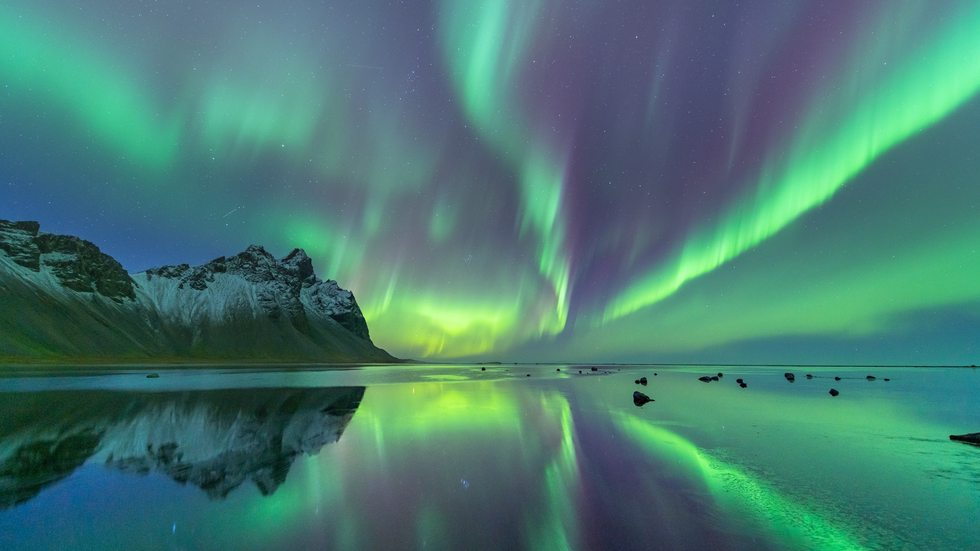
What are Auroras?
- An aurora is a natural light display in Earth's sky, predominantly seen in high-latitude regions (around the Arctic and Antarctic).
- Auroras are caused by the interaction of energetic particles (electrons and protons) of the solar wind with atoms of the upper atmosphere.
- Auroras display dynamic patterns of brilliant lights that appear as curtains, rays, spirals, or dynamic flickers covering the entire sky.
- They are also commonly known as the northern lights (aurora borealis) or southern lights (aurora australis).
What is the Aurora Borealis?
- Often called the Northern Lights, it occurs in the northern hemisphere, predominantly in regions near the Arctic Circle.
- This includes countries like Norway, Sweden, Finland, Iceland, Canada, and Alaska.
- The northern lights result from charged particles from the sun, mainly electrons and protons, colliding with the Earth’s magnetosphere and interacting with gases in the Earth’s atmosphere.
- These collisions produce colourful displays of light, primarily in green, red and purple hues.
- The bright colors of the northern lights are dictated by the chemical composition of Earth's atmosphere.
2. United Nations Interim Force in Lebanon (UNIFIL)
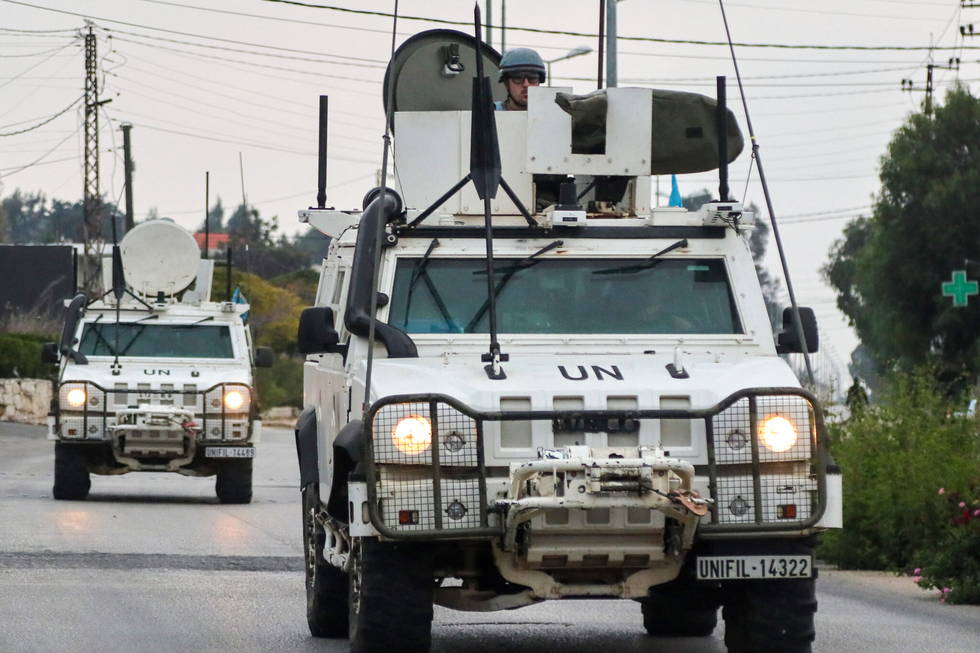
About United Nations Interim Force in Lebanon (UNIFIL):
- UNIFIL is a peacekeeping force in Lebanon, originally set up by the UN Security Council in March 1978 after Israel first invaded Lebanon in what became known as the South Lebanon Conflict.
- UNIFIL was established to oversee the Israeli withdrawal from Lebanon and to restore peace and security in the area.
- After a 34-day war in Lebanon between Hezbollah and Israel in 2006, in which 1,100 Lebanese people were killed, UNIFIL’s mandate was expanded to monitor the cessation of hostilities and support Lebanese armed forces deployed throughout southern Lebanon.
- It has around 10,500 peacekeepers coming from 48 troop-contributing countries.
- The largest number of UNIFIL peacekeepers come from Indonesia. Italy, India, Nepal and China also contribute a large number of soldiers to the peacekeeping force.
- Funding: UNIFIL is funded through a separate account approved on an annual basis by the General Assembly.
- It is a part of the UN Peacekeeping force.
UNIFIL’s rules of engagement allow the use of force only if necessary for self-defense or to carry out its duties.
3. Komodo Dragon

About Komodo Dragon:
- It is the largest extant lizard species.
- Scientific Name: Varanus komodoensis
- It is a monitor lizard of the family Varanidae.
- It occurs on Komodo Island and a few neighbouring islands of the Lesser Sunda Islands of Indonesia.
Features:
- The lizard grows to 3 metres (10 feet) in total length and attains a weight of about 135 kg (about 300 pounds).
- Their tongues are yellow and forked.
- Adults are an almost-uniform stone color with distinct, large scales, while juveniles may display a more vibrant color and pattern.
- Although most young are produced through sexual reproduction, females that are isolated from males sometimes produce offspring through parthenogenesis.
- They are well-known for their venomous bite, which contains toxins that cause massive blood loss and shock in their prey.
- They can run swiftly and occasionally attack and kill human beings.
- Lifespan: 30 years
Conservation Status:
IUCN Red List: Endangered
4. Central Drugs Standard Control Organisation (CDSCO)

About Central Drugs Standard Control Organisation (CDSCO):
- It is the National Regulatory Authority (NRA) of India for the medical devices industry under the provisions of the Drugs & Cosmetics Rules.
- It works under the Ministry of Health & Family Welfare.
- The Drugs Controller General of India (DCGI) is the head of the CDSCO.
- Headquarters: New Delhi.
Under the Drugs and Cosmetics Act, CDSCO is responsible for,
- Approval of New Drugs;
- Conduct of Clinical Trials;
- Laying down the standards for Drugs;
- Control over the quality of imported Drugs in the country;
- Coordination of the activities of State Drug Control Organizations;
- CDSCO, along with state regulators, is jointly responsible for the grant of licenses for certain specialized categories of critical drugs, such as blood and blood products, I. V. Fluids, Vaccine and Sera.
5. Key Facts about Godavari River
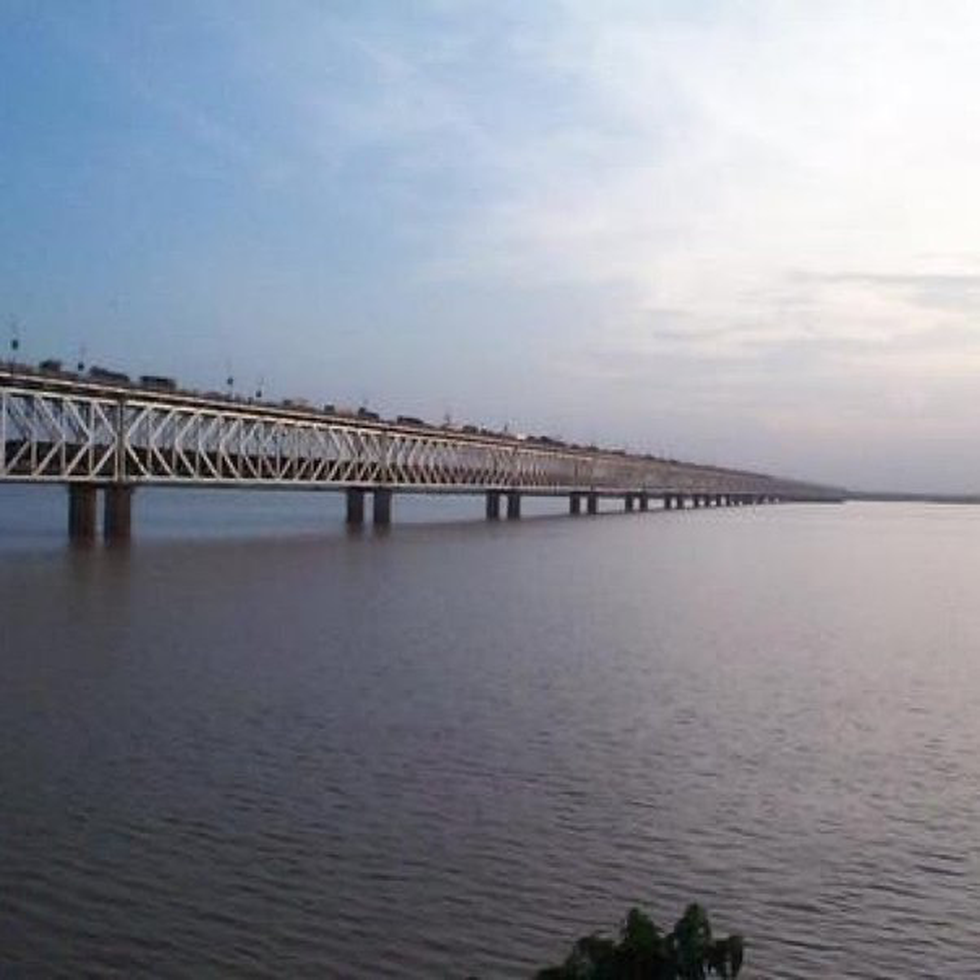
About Godavari River:
- It is India's second-longest river after the Ganga and the third-largest in India drains about 10% of India's total geographical area.
- It is also called `Dakshina Ganga`, which translates into the South Ganges River.
Course:
- The origin of the Godavari River is in Brahmagiri Mountain at Trimbakeshwar in the Nashik district of Maharashtra.
- It runs for a length of about 1,465 kilometers.
- It finally empties itself into the Bay of Bengal at Narasapuram in West Godavari district, Andhra Pradesh.
- The river mainstem travels through three states: Maharashtra, Telangana, and Andhra Pradesh, while its basin includes Madhya Pradesh, Karnataka, parts of Chhattisgarh and Odisha.
- It has a drainage basin of some 121,000 square miles (313,000 square km).
- The basin is bounded by the Satmala hills, the Ajanta range, and the Mahadeo hills on the north, by the Eastern Ghats on the south and the east, and by the Western Ghats on the west.
- The Godavari basin receives its maximum rainfall during the Southwest monsoon.
Tributaries: The principal tributaries of the river are the Pravara, the Purna, the Manjra, the Penganga, the Wardha, the Wainganga, the Pranhita (combined flow of Wainganga, Penganga, Wardha), the Indravati, the Maner, and the Sabri.
6. Shale Gas
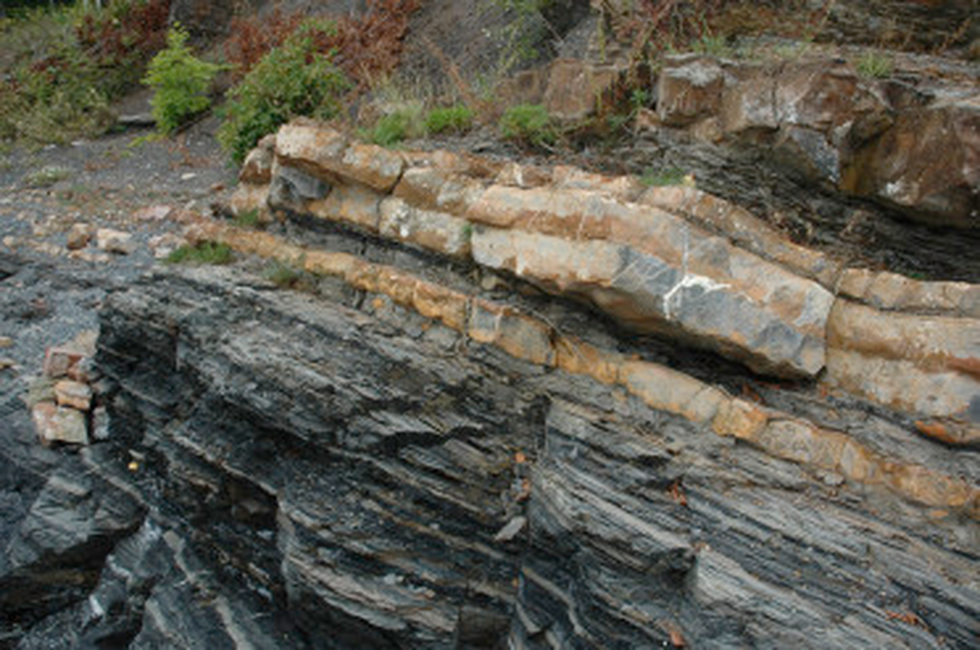
About Shale Gas:
- Shale gas is natural gas found in shale deposits, where it is trapped in microscopic or submicroscopic pores.
- This natural gas is a mixture of naturally occurring hydrocarbon gases produced from the decomposition of organic matter (plant and animal remains).
- Typically, shale gas consists of 70 to 90 per cent methane (CH4), the main hydrocarbon target for exploration companies.
How is it extracted?
- It is extracted by a commonly known method called Hydraulic fracturing.
- In this method deep holes are drilled down into the shale rock, followed by horizontal drilling to access more of the gas, as shale reserves are typically distributed horizontally rather than vertically.
- Fracking fluids containing sand, water and chemicals are then pumped at high pressure into the drilled holes to open up fractures in the rock, enabling the trapped gas to flow into collection wells. From there it is piped away for commercial use.
- India holds promising reserves of Shale Gas & Oil resources and the following sedimentary basins are considered prospective from a Shale oil and gas point of view:
- Cambay Basin, Gondwana Basin, KG Basin, Cauvery Basin, Indo-Gangetic Basin and Assam & Assam-Arakan Basin
- Applications: This is the gas used for generating electricity and for domestic heating and cooking.
7. T-90 Bhishma Tank
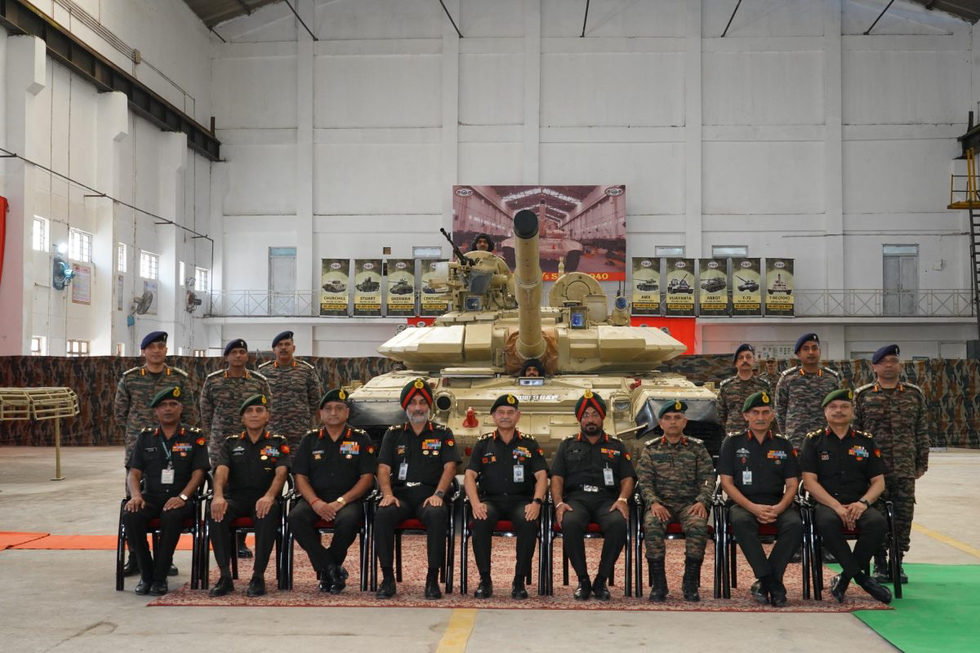
About T-90 Bhishma Tank:
- It is Indian Army’s main battle tank since 2003.
- It is known for its firepower, speed, and protection. With this overhaul, the tank has become even more powerful and lethal.
- The tank is manned by a crew of three—commander, gunner, and driver—who work in close coordination to engage and destroy targets.
Features
-
- It is equipped with a 125 mm smoothbore gun, capable of firing various types of shells.
- An anti-aircraft gun mounted on top can bring down targets within a two kilometre range, and the tank can fire up to 800 shells per minute.
- Its compact size enables it to manoeuvre quickly through forests, mountains, and marshy terrain at a speed of up to 60 kilometres per hour.
- It has advanced thermal sighting system, the tank can detect targets up to 8 kilometers (5 miles) away, day or night.
8. Tele MANAS
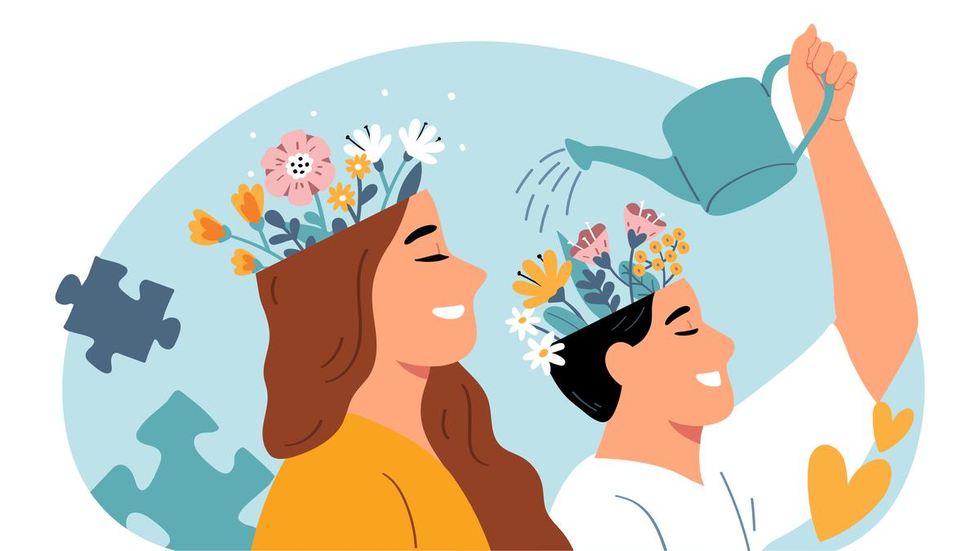
About Tele MANAS:
- Tele Mental Health Assistance and Networking Across States (Tele MANAS) was started by the Ministry of Health and Family Welfare 2022.
- It seeks to function as a comprehensive, integrated, and inclusive 24x7 tele-mental health facility.
- It aims to provide free tele-mental health services all over the country round the clock, particularly to people in remote or underserved areas.
Tele-MANAS will be organised in a two-tier system:
- Tier 1 comprises state Tele-MANAS cells, which include trained counsellors and mental health specialists.
- Tier 2 will comprise specialists at the District Mental Health Programme (DMHP)/Medical College resources for physical consultation and/or e-Sanjeevani for audio-visual consultation.
- Currently, there are 51 operational Tele-MANAS cells functioning across all 36 States and UTs, offering services in 20 different languages.
- Another feature added to the programme this year is the video consultations facility which will be undertaken by the mental health professionals who are taking audio call escalations to get further information about the caller as part of history taking and clarification.
Key facts about Tele MANAS App
- It is offered under the National Tele Mental Health Programme of India.
- The app has a library of information including tips on self-care, recognizing distress signals and managing early signs of stress, anxiety, and emotional struggles.
This mobile app will also help users connect for free and access confidential mental health support through trained mental health professionals across India, 24x7 for immediate counselling.
9. Water Chestnut
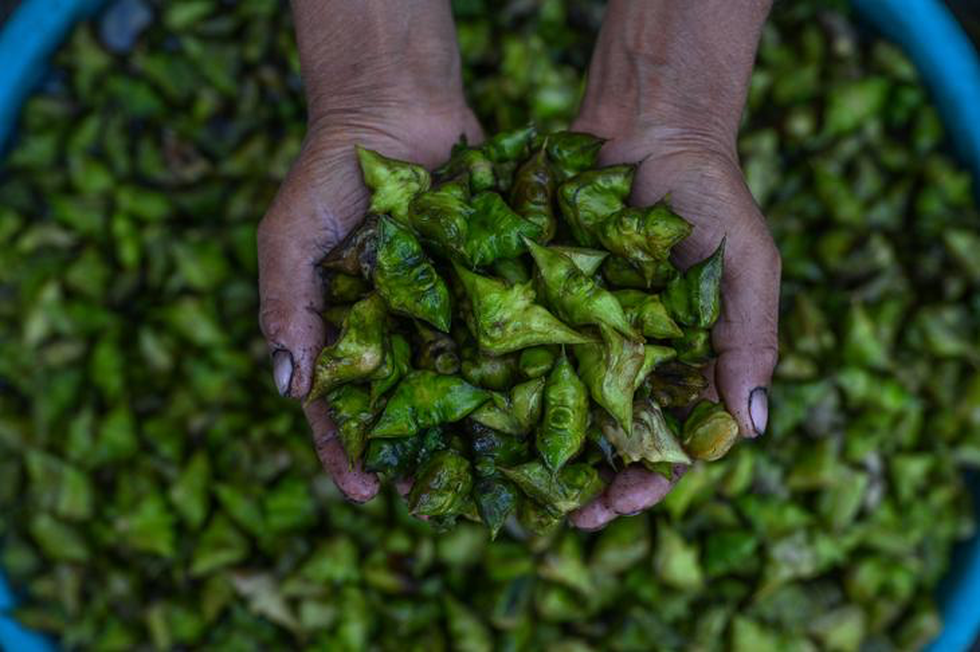
About Water Chestnut:
- It is known as goer in Kashmir, an aquatic vegetable growing in the Wular Lake in Kashmir.
- It is popularly known as Singhara ka atta in India, it grows underwater.
- The plants have extremely sharp spines with barbs that can cause serious injuries if stepped upon.
- It is native to Europe, Asia, and Africa and is also known as water caltrops.
- It is dense with potassium and fiber. It barely contains any sodium or fat, but is high in carbohydrates.
How it is used?
- The edible kernel, concealed beneath a thick outer layer, is peeled off, dried, and pounded into flour.
- People also use the sturdy dried outer shells as fuel in the traditional fire pots known as kangri during winter.
- Water chestnut is eaten in dishes during during Navaratri. It is also easily digestible and provide energy, which is crucial when fasting.
- When peeled, the chestnut reveals white flesh with a crunchy, juicy texture and a sweet taste.
- Over the years, dry weather and increasing marshy land around the lake caused a decline in production of water chestnuts and have adversely affected livelihoods.
10. Synthetic Medical Images
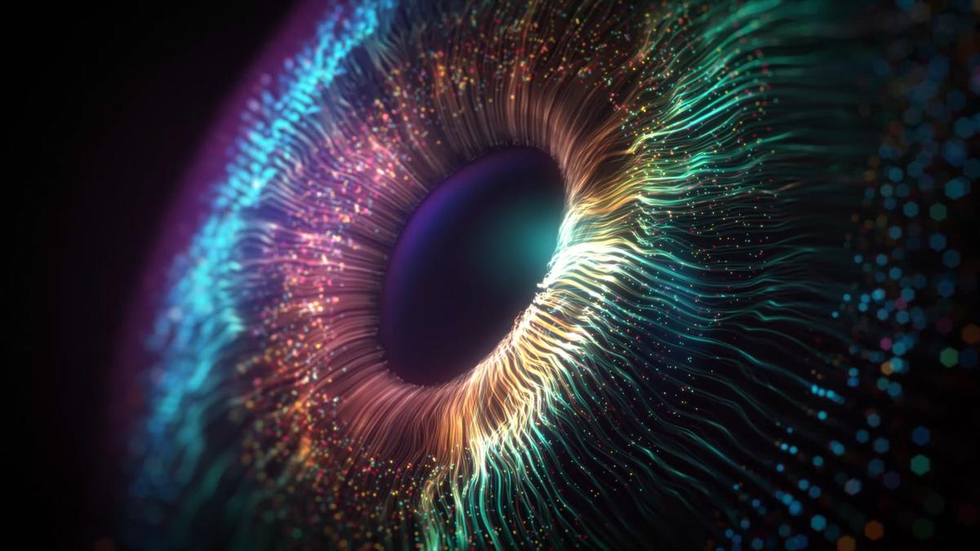
About Synthetic Medical Image:
- It is generated by AI or computer algorithms without being captured by traditional imaging devices such as MRI, CT scans, or X-rays.
- These images are entirely constructed using mathematical models or AI techniques like Generative Adversarial Networks (GANs), diffusion models, and autoencoders.
- In the medical field, synthetic medical images are created in a similar way, where the AI generates entirely new medical scans or radiological images that mimic real ones but are not derived from any actual patient data.
How are these images created?
- A Variational Autoencoder (VAE) takes an image, compresses it into a simpler form called the latent space, and then tries to recreate the original image from that compressed version.
- The process continuously improves the image by minimising the difference between the real image and the recreated version.
- GANs involve a generator that creates synthetic images from random data and a discriminator that determines whether the image is real or synthetic.
- Both improve through competition—the generator tries to make its images more realistic, while the discriminator gets better at spotting fakes.
- Diffusion models begin with a bunch of random noise and gradually transform it into a realistic image, using a step-by-step process that slowly shapes the noise into something that resembles the images it was trained on.
- These methods generate synthetic images in various fields, including healthcare and research.
Advantages
- Ability to facilitate intra- and inter-modality translation.
- Intramodality translation: It refers to generating synthetic images within the same type of imaging modality, such as improving or reconstructing MRI scans based on other MRI data.
- Inter-modality translation: It involves generating synthetic images by translating between different types of imaging modalities, such as creating CT scans from MRI data.
- Privacy protection: These images are generated without patient data, they circumvent privacy concerns, making it easier for researchers and healthcare providers to share and collaborate on AI development without the risk of violating patient confidentiality.
- Cost effective: Synthetic medical images also address the time and cost of collecting real medical data.


























































































































































.png)
.png)
.png)
.png)
.png)


.png)
.png)
.png)





.png)
.png)






.png)
.png)
.png)
.png)
.png)
.png)
.png)
.png)
.png)

.png)







.png)
.png)


.png)
.png)
.png)


.png)

.png)
.png)





.jpg)

.png)
.png)


.png)

.png)
.png)
.png)

.jpg)

.jpg)


.png)

.png)
.png)
.png)
.png)
.png)
.png)
.png)
.png)
.png)
.png)




.png)

.png)





.png)
.png)
.png)
.png)
.png)
.png)
.png)
.png)
.png)
.png)
.jpg)
.jpg)

.png)
.png)
.png)
.png)
.png)
.png)
.png)
.png)
.png)
.png)
.png)
.png)
.png)
.png)
.png)
.png)
.png)
.png)
.png)
.png)
.png)
.png)



.png)
.png)

.jpg)
.jpg)


.jpg)
.jpg)
.jpg)
.jpg)
.jpg)

.jpg)








.jpg)
.jpg)
.jpg)
.jpg)
.jpg)

















.jpg)
.jpg)







.jpg)


















.jpg)
.jpg)






























































































.jpg)
.jpg)


























.jpg)

.jpg)










.jpg)








.jpg)




.jpg)










.jpg)


















.jpg)












































.jpg)














.jpg)
.jpg)
.jpg)





.jpg)

.jpg)
.jpg)





































































.jpg)


































.jpg)
.jpg)
















































.jpg)












.jpg)


.jpg)




.jpg)
.jpg)
.jpg)

.jpg)
.jpg)
.jpg)
.jpg)

.jpg)
.jpg)
.jpg)

.jpg)
.jpg)
.jpg)
.jpg)
.jpg)
.jpg)
.jpg)
.jpg)

.jpg)


.jpg)
.jpg)
.jpg)
.jpg)
.jpg)
.jpg)
.jpg)
.jpg)
.jpg)
.jpg)











.jpg)
.jpg)





.jpg)
.jpg)
.jpg)
























.jpg)
























.jpg)









.jpg)
.jpg)







.jpg)
.jpg)









































.jpg)
.jpg)
.jpg)
.jpg)
.jpg)

.jpg)
.jpg)
.jpg)
.jpg)
.jpg)


.jpg)
.jpg)
.jpg)
.jpg)
.jpg)

.jpg)
.jpg)
.jpg)
.jpg)
.jpg)
.jpg)
.jpg)
.jpg)
.jpg)
.jpg)
.png)

.png)
.png)

.png)
.png)
.png)
.png)


.jpg)
.jpg)

.jpg)
.jpg)
.jpg)

.png)
.png)
.png)
.png)
.png)
.png)
.png)

.png)
.png)
.png)
.png)
.png)
.png)
.png)
.png)
.png)
.png)





































































-min.png)



.png)




.png)








































